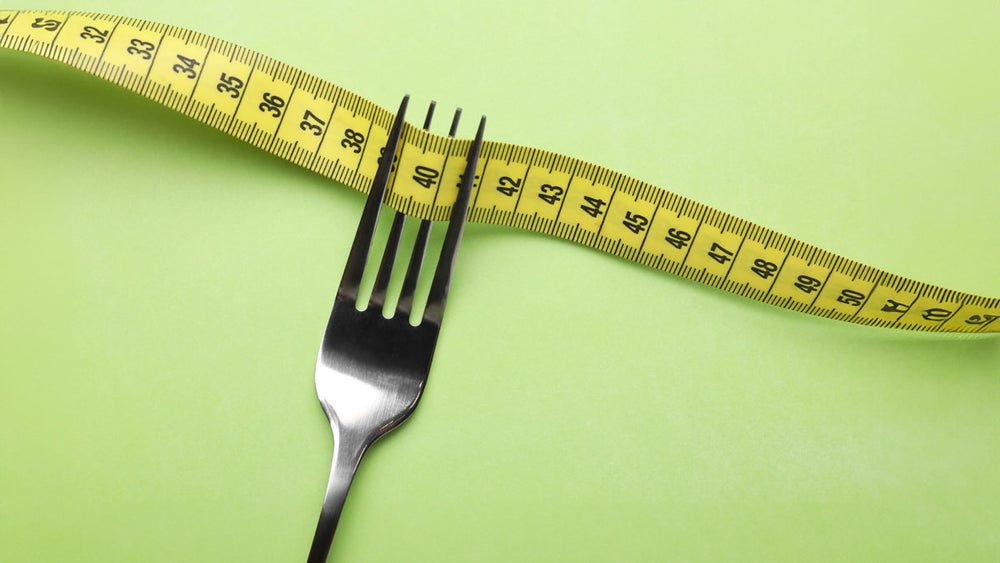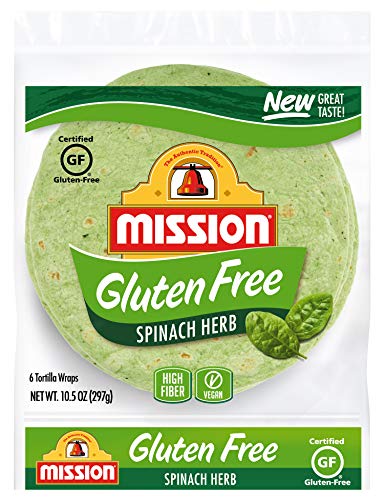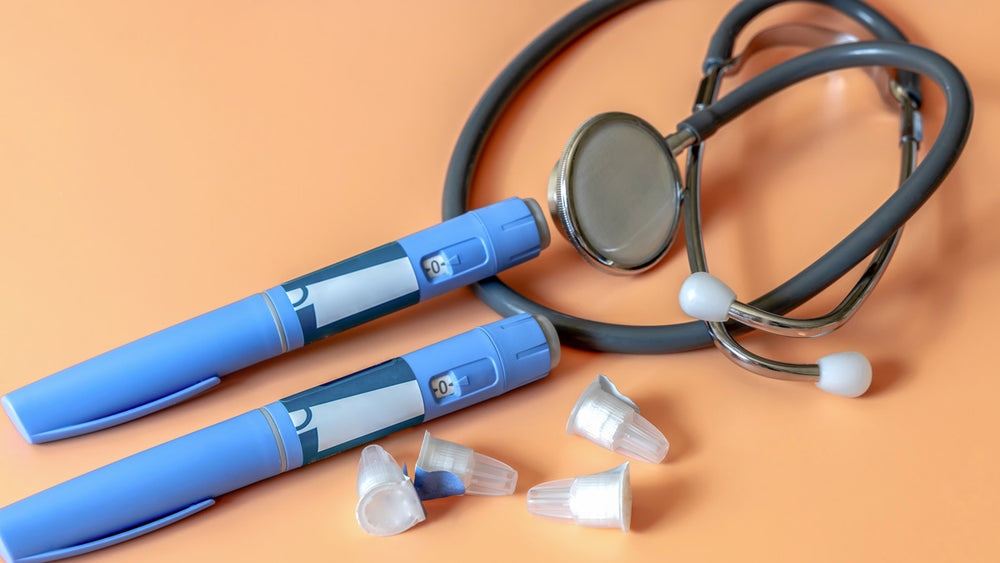Exploring Very Low-Calorie Diets (VLCDs) and Short-Term Appetite Suppressants
When you think of the word “diet,” it may conjure several definitions. It could be the literal foods you eat each day, or it may make you think of how you are altering your typical eating habits to facilitate a change in your health or appearance. If a friend tells you, “I’m going on a diet,” there are so many options now that asking them what kind of diet is probably necessary.
Introduction to Very Low-Calorie Diets (VLCDs)
One type of diet that has existed for over fifty years but has recently become more popular is the Very Low-Calorie Diet or VLCD. The VLCD typically involves eating only 450 to 800 calories per day.
For comparison, most people on “regular” weight loss plans eat about 1,200 to 1,500 calories daily. To put this another way, one Chick-fil-A Cobb Salad with nuggets and avocado lime dressing has 830 calories. A Baconator, just the sandwich, from Wendy’s has 960 calories. Eating either of these items would put someone on the VLCD diet over their daily allotment of calories. Usually, individuals achieve this very low-calorie intake by replacing meals with liquid shakes, smoothies, or bars.
Mechanisms and Risks of VLCDs
VLCDs carry risk and are supposed to be medically supervised for individuals undertaking them. Because of the risks associated with this type of diet, a VLCD is only recommended for someone who is diagnosed as medically obese with a BMI over 30. A VLCD is not considered safe or recommended for an individual in good health. When a VLCD is recommended, it is usually only followed for about 12 weeks. During this period, a person on a VLCD may lose three to five pounds weekly. This is compared to a typical weight loss of about one to two pounds per week on usual low-calorie diets.
While following a VLCD, individuals are usually monitored every few weeks. The most common time a VLCD diet is recommended is before weight-loss surgery. This is because VLCD causes the liver to shrink in size, and rapid weight loss can result in weight loss surgery have fewer complications and risks.
Popular Short-Term Appetite Suppressants
Some medications suppress the appetite and are intended for long-term use. I have even extensively written about some of those in previous articles (i.e., GLP-1 medications like Wegovy and Zepbound). I recommend reading those articles to learn about those medicines as I’m focusing on the short-term use type of appetite suppressants in this article. When someone is expected to follow a VLCD, they may be prescribed medication to suppress their appetite.
The technical name for this class of drugs that suppress the appetite is anorectics, which primarily work on the hypothalamus to cause decreased appetite. These short-term use anorectics are typically only indicated to be used for 12 weeks at a time and then possibly prescribed again. The body is given a medication “break” for a certain amount, usually at least a month off the medicine.
Arguably, the most popular but most prescribed short-term use anorectic is phentermine, sold under the brand name Adipex-P. Phentermine is a controlled substance and is not a good choice for someone with a history of substance abuse issues or at high risk of developing substance abuse issues. Due to its mechanism of action, it also should not be used by people with heart disease, pulmonary hypertension, high blood pressure, hyperthyroidism (an overactive thyroid gland), or glaucoma.
Of course, it also should not be used if you are pregnant, trying to become pregnant, or breastfeeding. There are a few medications available that are chemically like phentermine but are not prescribed as often: benzphetamine, phendimetrazine, and diethylpropion. These medications also carry similar risks to phentermine and are only indicated to be used for up to 12 weeks.
These medications work on the part of the brain that signals satiety or fullness. They can also affect the brain in other ways, causing side effects like anxiety, nervousness, changes in mood or behavior, insomnia, headache, dizziness, tremors, and other side effects like dry mouth, constipation, itchiness, or changes in interest in sex. Taking too much of these medicines can cause irregular heartbeats, seizures, changes in breathing, and even death.
Immediate and Long-Term Effects of VLCDs
For individuals following a VLCD, the most common and immediate symptom or side effect they usually notice is feeling hungry, and next is feeling tired, exhausted, or low on energy most of the time. To put this in perspective, the human brain needs at least 600 calories daily to keep functioning, so eating a VLCD operates at a threshold that makes your body feel like it must shut down. Many people develop dry mouth because chronic, very low-calorie consumption can cause the body to decrease saliva production, potentially affecting tooth health.
Many people notice their hair starts to fall out and become thin. Once again, the body does not receive enough nutritional components to keep making new hair. It will usually begin regrowing once calories and nutritional consumption exceed the required threshold again. Many people experience headaches, dizziness, and muscle cramps; these may be due to dietary deficits or dehydration. Also, constipation or diarrhea is common, usually due to the lack of fiber for constipation and the reliance on liquid meal replacement shakes and smoothies in the case of diarrhea.
The side effects of following a VLCD can be problematic, but the long-term effects can be even more worrisome. One of the potential consequences of VLCD, which is a bit difficult to wrap your brain around, is that you can reduce your metabolism permanently. As you lose weight, you burn fewer calories, no matter how you lose weight, slow or fast. Think of it like a big truck burns more fuel than a tiny compact car. However, studies show that if you lose weight slowly due to mildly restricting calories, the decrease in your metabolism and the number of calories you burn at rest is not affected as much as if you lose weight rapidly.
One of the most common and severe side effects of VLCDs is gallstones. Gallstones are common during any rapid weight loss. When your body starts to break down its fat for energy because you are not taking in enough calories, the liver produces more cholesterol, which combines with bile and can form gallstones.
Another concern is the probable loss of lean muscle mass while following a VLCD. Studies have indicated that muscle mass is lost even when eating the maximum amount of protein and carbohydrates and following a resistance exercise training program. Given the likely side effects of following a VLCD, most individuals do not feel like following a resistance exercise training program.
It is also important to mention the likelihood of weight regain if VLCD is used alone with no other intervention (e.g., weight loss surgery). Individuals who lost 25%-30% of their body weight while following the VLCD had regained all but 5% of the weight lost. This was a one-year follow-up in one study, which included 12 weeks following VLCD and 12 weeks reintroducing foods on a “low-calorie diet,” then a follow-up at one year.
Historical Context and FDA Regulations
As I mentioned at the beginning of this article, VLCDs are not a new idea. They first became popular in the 1950s. Unfortunately, it took until 1978 for the United States Food and Drug Administration and the Centers for Disease Control to realize that 58 people died in the United States within that past year alone after following VLCD liquid diets. This prompted the FDA to require protein VLCDs that provide fewer than 400 calories per day to carry a warning that they can cause serious illness and should only be used under medical supervision.
Newer FDA regulations then stated this warning was only required if the protein products were intended to provide more than half an individual’s daily calories and were promoted as a weight loss or food supplement. After that change, VLCD liquids (e.g., Slim-Fast) that provide fewer than 400 calories changed their labeling to avoid the FDA warning language by recommending that their product be part of a sensible diet or include a sensible meal each day.
I will not argue that for specific individuals needing to lose weight rapidly for surgery or due to serious medical issues, a medically supervised VLCD may be the best option available. But, for most people, the less extreme, low-calorie diet option may present fewer risks while allowing the opportunity to incorporate exercise and long-term behavioral changes in their diet.
Personal Insights and Community Experiences
The closest I have ever come to a VLCD was doing a three-day water fast with my brother, which is a different discussion. I have in the past been prescribed phentermine and experienced many of the side effects listed while also experiencing a weight rebound after stopping the medication. In the comments, I encourage you to share your thoughts and experiences about the Very Low-Calorie Diet or appetite-suppressing medications, whether positive or negative, to learn from each other.
- Janssen, T. A. H., Van Every, D. W., & Phillips, S. M. (2023). The impact and utility of very low-calorie diets: the role of exercise and protein in preserving skeletal muscle mass. Current opinion in clinical nutrition and metabolic care, 26(6), 521–527.
- Kim J. Y. (2021). Optimal Diet Strategies for Weight Loss and Weight Loss Maintenance. Journal of obesity & metabolic syndrome, 30(1), 20–31.
- USDHHS (2012, December 1). Very Low-calorie Diets. U.S. Department of Health and Human Services. Retrieved February 10, 2024.




















Comments
Join The Conversation...